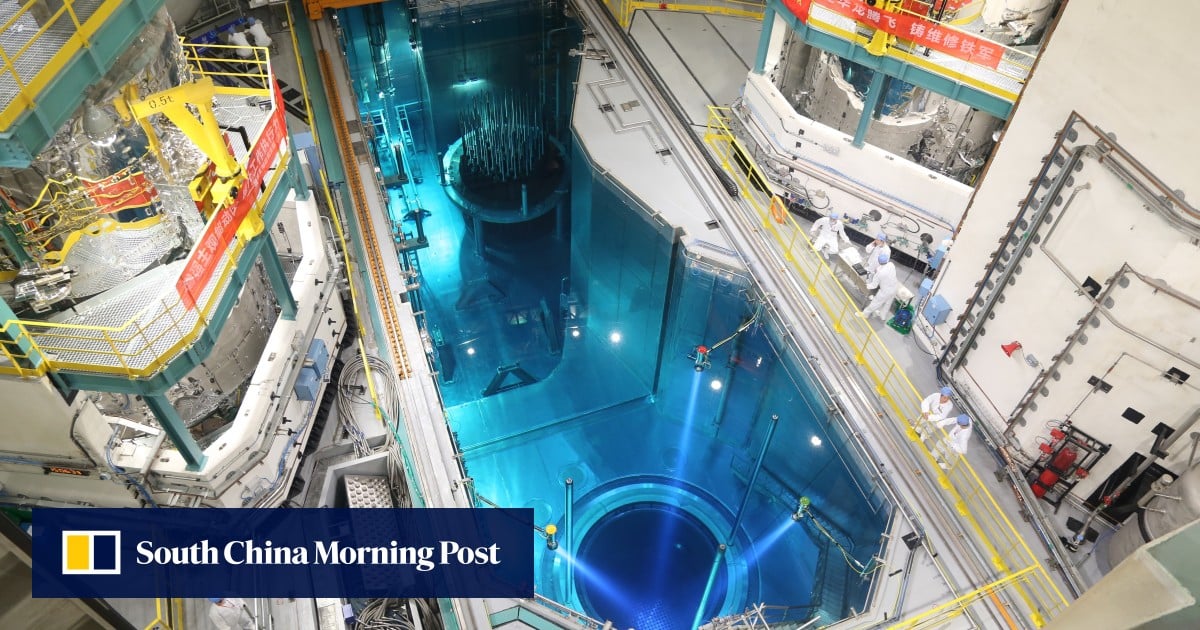Hold the applause, folks, but definitely take notice! China’s independently developed Hualong One nuclear reactor, specifically Unit 5 at the Fuqing Nuclear Power Plant, has just hit a monumental milestone: 1000 days of continuous, safe, and stable operation. That’s not just a number; it’s a statement.
This isn’t some incremental improvement; it’s a full-blown demonstration of China’s prowess in Generation III nuclear technology. We’re talking about over 37 billion kilowatt-hours of clean electricity delivered consistently to the grid. Let that sink in.
Let’s break down why this matters. Hualong One represents a significant leap forward in nuclear reactor design, prioritizing safety and efficiency. It’s a direct challenge to established players in the nuclear energy market.
Knowledge Point Expansion:
Generation III reactors, like Hualong One, build upon the lessons learned from previous generations, particularly the Chernobyl and Fukushima disasters. They incorporate passive safety features, meaning they rely on natural forces like gravity and convection to shut down the reactor in emergency situations, reducing the need for active intervention.
These reactors also boast enhanced fuel efficiency and longer operational lifespans. Hualong One’s design focuses on modularity, allowing for faster construction and reduced costs. This is crucial for wider adoption of nuclear energy.
Furthermore, the 1000-day milestone isn’t just about uptime. It’s about demonstrating reliability and predictability – key factors for integrating nuclear power into a stable energy mix. It signals a maturing technology ready for global deployment.
This achievement isn’t just a win for China; it’s a potential win for the world, offering a viable path towards cleaner, more sustainable energy. The implications for energy independence and reducing carbon emissions are huge. Don’t underestimate this.







